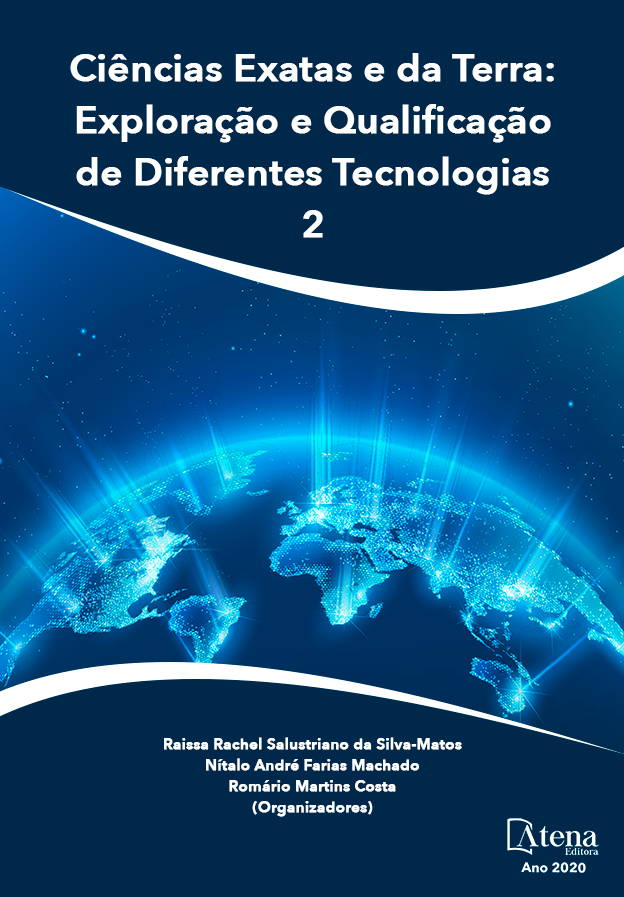
ANÁLISE PALEOAMBIENTAL DA PORÇÃO LESTE DA BAÍA DE GUANABARA, RJ, BRASIL, ATRAVÉS DE BIOMINERALIZAÇÕES DE SÍLICA
As bacias hidrográficas dos rios Macacu e Caceribu, Rio de Janeiro, constituem uma área ainda pouco estudada no que concerne à evolução dos solos e suas paisagens. Estão localizadas na porção leste da Baía de Guanabara, área que sofre grande influência antrópica. Neste estudo foram escolhidos os proxies fitólitos e espículas de esponjas, associados a análises de isótopos estáveis, granulométricas e datações por 14C-AMS. Como referências modernas para as inferências das amostras fósseis, foram coletadas sete amostras superficiais de solo sob diferentes tipos de cobertura vegetal (assembleias fitolíticas modernas). Foram também coletadas amostras de sedimentos no manguezal da foz do rio Caceribu (Testemunho 1) e num brejo próximo à margem do rio Caceribu (Testemunho 2). No Testemunho 2 foram obtidas datações entre 2600 e 540 anos cal AP e no Testemunho 1 as idades foram inferiores a 675 anos cal AP. Nos pontos estudados, foi inferida estabilidade nas condições bioclimáticas ao longo do Quaternário, apresentando ambiente predominantemente úmido, com cobertura vegetal de plantas C3. As variações na cobertura arbórea observadas parecem estar ligadas a fatores locais, como tipo de sedimento, posição topográfica e proximidade de rios ou mar.
ANÁLISE PALEOAMBIENTAL DA PORÇÃO LESTE DA BAÍA DE GUANABARA, RJ, BRASIL, ATRAVÉS DE BIOMINERALIZAÇÕES DE SÍLICA
-
DOI: 10.22533/at.ed.8562027106
-
Palavras-chave: Biomineralizações de sílica; Datação 14C-AMS; Paleoambientes.
-
Keywords: Biomineralizations of silica; 14C-AMS dating; paleoenvironments.
-
Abstract:
The Macacu and Caceribu river basins, Rio de Janeiro, Brazil, constitute an area that has not yet been well studied regarding the evolution of its soils and landscapes. These basins are located in the eastern portion of Guanabara Bay, an area that suffers great anthropic influence. In this study, proxies of phytoliths and sponge spicules, associated with stable isotope, granulometric and 14C-AMS analyse were chosen. A total of seven samples of surface soil were collected from beneath different types of vegetation cover (modern phytolith assemblages) as modern references for the inference of fossil samples. Sediment samples were also collected from the mangrove at the mouth of the Caceribu river (Sediment Core 1) and from a swamp near the shore of the Caceribu river (Sediment Core 2), along with a Gleysol profile from Magé. In Core 2 dates of between 2600 and 540 years cal BP were obtained, while in Core 1 dates of less than 675 years cal were found. It was possible to infer stability in the bioclimatic conditions along the Quaternary, presenting a predominantly humid environment, with C3 plant cover. Variations in tree cover seem to be linked to local factors, such as sediment type, topographic position and proximity to rivers or sea.
-
Número de páginas: 18
- Heloisa Helena Gomes Coe
- Alberto Garcia de Figueiredo Jr.
- Kita Chaves Damasio Macario
- Emily Gomes
- Jenifer Garcia Gomes


